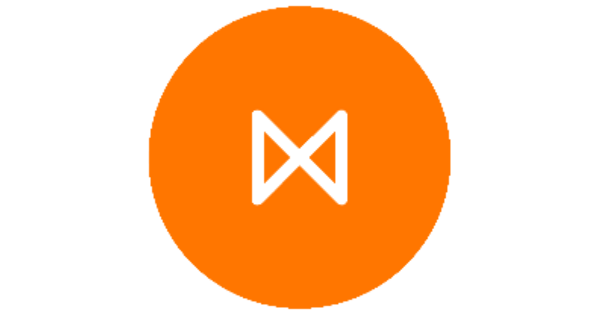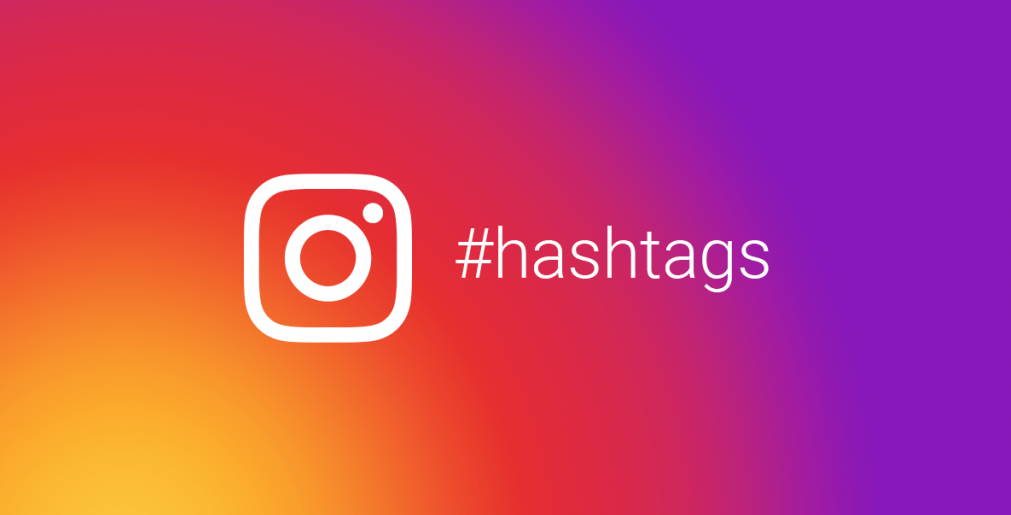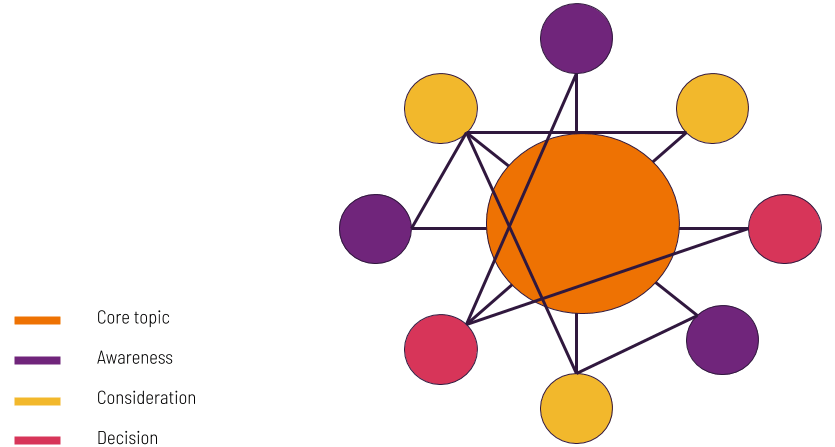Have you ever wondered what the difference is between an Instagram post that gets 100 impressions and one that gets 1,000 impressions? Most often the answer lies in the power of Instagram hashtags.
Hashtags boost discoverability on Instagram and are among the most critical factors that can help you land on the coveted Explore page.
With over 50% of Instagram accounts using the Explore page every month, you need to learn how to use hashtags to improve your engagement, impressions, and sales on Instagram.
So how can you optimize your Instagram hashtags and create a strategy that goes beyond slapping random words behind the # sign while hoping for the best?
Table of Contents
ToggleIn this article, you’ll learn six ways to optimize your hashtags for Instagram. And how to use hashtags as the powerful marketing tool that they are.
But first, let’s explore what hashtags are and why you should bother using them.
What are Instagram hashtags?

In layman terms, an Instagram hashtag is any term preceded by the # symbol. It could be an emoji, letters, or even numbers.
For example, #marketing, #9, and #😊 are all examples of hashtags.
Hashtags are easily recognizable because they come in a blue shade.
Instagram users can click on hashtags to find similar posts using the same hashtag.
Here are some quick facts about Instagram hashtags:
- Hashtags support numbers, letters, and emojis
- You can use up to 10 hashtags on Instagram stories
- Hashtags don’t support spaces, special characters like % or £
- You can hide your hashtags by using them in the comment section
- Hashtags work only on your posts and not when you use them on other user’s content
- Posts (images, carousels, and videos) on your feed allow up to 30 hashtags in the caption
Identifying the types of Instagram hashtags

Knowing the different types of Instagram hashtags will help you optimize them effectively for your posts.
There are three major types of Instagram hashtags:
Branded hashtags
Branded hashtags refer to hashtags that are particular to your industry. Such hashtags can include your company’s name, product name, current campaign, or one that talks about your brand’s identity.
With branded hashtags, you can effortlessly connect with your audience and promote your campaign with ease.
Examples include #nike and #fenty.
Community hashtags
Community hashtags are groups of hashtags that connect multiple users with the same goals, passion, or interest.
These types of hashtags connect you with a larger audience, increase your followers, and help you grow a community of your own.
With community hashtags, you can;
- Identify the product you are offering like #sneakers #buckethats
- Indicate your company’s niche like #contentcreator #mobilephotographer
- Identify your Instagram community like #dancersofInstagram, #artsofinstagram
- Identify your current location like #dubai, #kigalirwanda
- Indicate holidays like #thanksgivingmonday, #memorialday
- Include acronyms like #TGIF, #LOL
Campaign hashtags
Campaign hashtags work for particular campaigns. You can use such hashtags over a short period, during special events, celebrations, or holidays.
Many individuals and businesses use campaign hashtags to launch new products, start a new challenge, build engagement, etc.
Most online stores use hashtags like #blackfriday, #summersales, and #Clearancesales.
You can also use Campaign hashtags for sporting events like #Euro2020 or other seasonal events.
Why bother with Instagram hashtags?

If your Instagram posts are needles in a haystack, then hashtags are magnets that help other users find them.
These hashtags act as keywords for Instagram’s “search engine” because when users are looking for content concerning a specific topic of interest, they turn to hashtags.
To illustrate how valuable and powerful hashtags are, let’s assume you’re a photographer in Chicago looking for new clients.
You can quickly boost your discoverability on Instagram by using a location-based hashtag like #chicagophotographer (a term your target audience would likely search) on your posts.
Instagram now allows users to follow hashtags, meaning you can benefit from extra exposure, even if those users don’t follow you precisely.
You can also create branded hashtags to set your business apart and build a loyal following or community as @cocacola did with #shareacoke.
Six ways to optimize hashtags for Instagram posts

Finding the right hashtags for your posts can sometimes be a time-consuming and challenging task.
Here are some of the best practices for optimizing your Instagram hashtags.
Start with research
The first step to optimizing your Instagram hashtags is to research to find the most relevant hashtags to your post.
But how do you do that?
Start by searching for broad keywords that describe your business.
As you enter the keyword, you’ll notice a figure that helps you know the number of times people have used that specific hashtag in their posts.
Let’s assume you’re a baby photographer looking for hashtags.
A quick search for a broad term like #photography shows that the hashtag has been used over 700 million times.
When you click on each post, you’ll find other related hashtags and see how you can use them for your business.
Another way to find hashtags in your industry without manually typing them into the search bar is by using 3rd party tools like Display Purposes and Hashtag Expert for IG.
Target relevant and small-sized tags
As highlighted earlier, Instagram supports up to 30 hashtags on your Instagram posts and up to 10 on your Instagram story.
Does this mean you have to use the full slot when posting your content?
Well, some experts say you should use all 30 hashtags. Like this hashtag study, others say posts with more than one and at least 11 have the best engagements.
No matter how many hashtags you use, the tag’s size and relevance are essential factors to consider.
While optimizing for the best hashtags, ensure you pick those relevant to your industry only.
As much as you would love to use broad hashtags, thousands of other accounts already use them, and your post can easily drown in the noise.
Instead, these broad terms should serve as pointers to find smaller hashtags that people use and describe your business well.
So instead of targeting a broad term like #photography with over 700 million uses, you’d find better success using a medium tag like #babyphotographer (2 million uses) or a small tag like #melbournephotography (250k uses).
Create branded hashtags
Branded hashtags are unique to your business.
Anyone who uses them automatically becomes associated with your brand and makes you more visible to other users on Instagram.
If your account receives many profile views, you can place your branded hashtags in your bio, just like @adidas does.
Another way to increase engagement with your branded hashtags is to run campaigns and contests with the hashtags.
User-generated content (UGC) from your contests is a plus for your Instagram strategy and engagement.
Include your hashtags in the first comment
Sometimes, hashtags can distract your followers from the message in your caption. To avoid that problem, you can include your hashtags as the first comment.
While this method works well, you need to ensure your comment comes first on your post. Otherwise, it reduces the chances of getting results with this method.
Use hashtags in your Instagram Stories
You can improve your content’s visibility by adding hashtags to stories.
You can add hashtags to your Instagram story as a text, sticker, or with a location tag. As long as the hashtags used are relevant to your post, there’s a high chance that your engagement would increase.
Avoid banned hashtags
All efforts to optimize your hashtags can be wasted when you use banned hashtags.
Instagram has already deactivated or disabled such hashtags and will not deliver any engagement on your post.
Run a quick Google search to be sure that the hashtags you want to use are not banned.
Another way to check for banned hashtags within Instagram is to use the Explore page. Simply type the hashtag you plan to use into the search bar. If you can’t follow the hashtag or get a message that the posts are hidden, it’s a banned hashtag.
In Summary: Instagram Hashtags
Using the right hashtags can help you get better results on your Instagram.
Although it might take some time and effort, the return-on-investment for getting your hashtags to work is more than worth it.
With the six tips laid out in this article, you’re well on your way to improving your engagement and visibility on Instagram.









